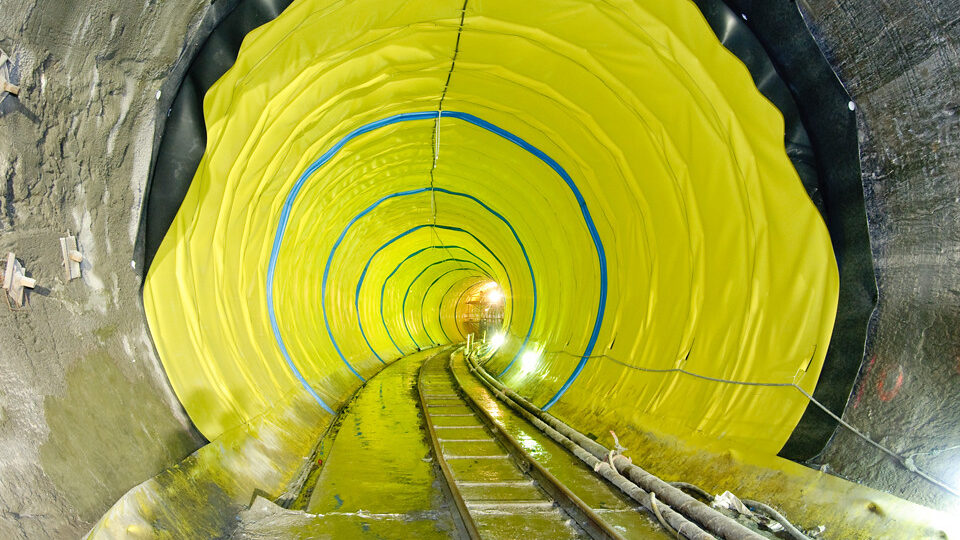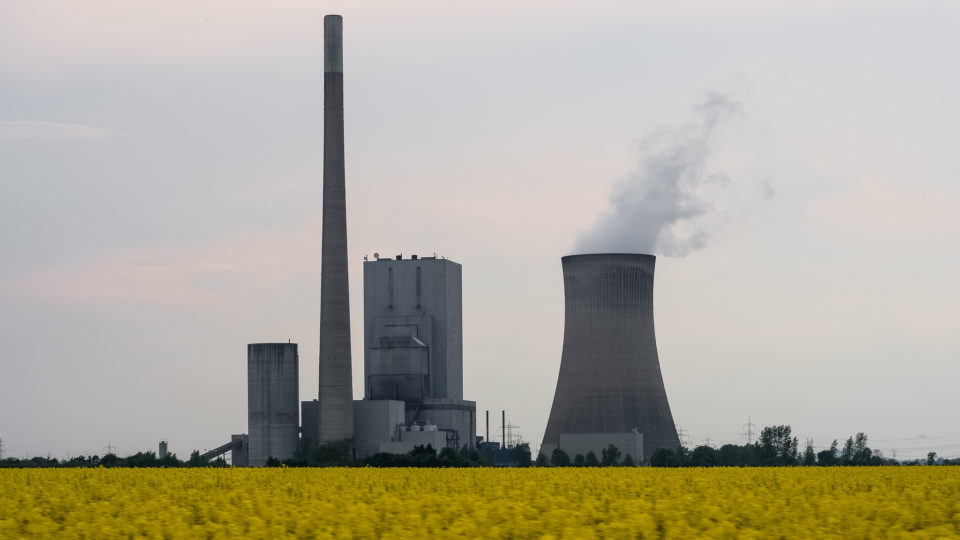We are all familiar with the grout that is used for tiles in our homes. We are less familiar with grout that is used to stabilize the soil beneath buildings. Grouting is a process of ground improvement by injecting materials that can fill voids and cracks, strengthen and increase the bearing capacity of soil, and reduce permeability.
Traditional grouting methods have environmental downsides. Most often, silica-based chemical grouts are used, and they are produced through energy-intensive processes that contribute substantially to carbon dioxide emissions. As is the case for all materials and practices of the construction industry, developing sustainable, low-emission alternatives to conventional grouting materials has become an important priority.
Researchers from the Shibaura Institute of Technology in Japan have developed an innovative new grout material called Colloidal Silica Recovered from Geothermal Fluids. This grout material enhances soil stabilization and simultaneously reduces the environmental impact of geothermal energy harvesting.
Geothermal energy production generates large amounts of silica-rich waste fluids which creates challenges for its maintenance and disposal. The new grout repurposes this waste material thereby transforming an industrial byproduct into a valuable construction material.
The new grout material is particularly valuable in earthquake-prone regions, where soil stabilization is essential in preventing structural damage during seismic events. In addition, the grout’s superior water-sealing properties makes it ideal for underground construction projects like tunnels, subways, and basements. The new grout in an important step for the construction industry’s efforts to achieve carbon neutrality.
**********
Web Links
From Waste to Wonder: Revolutionary Green Grout for Sustainable Construction Practices
Photo, posted July 8, 2011, courtesy of MTA Construction & Development Mega Projects via Flickr.
Earth Wise is a production of WAMC Northeast Public Radio

